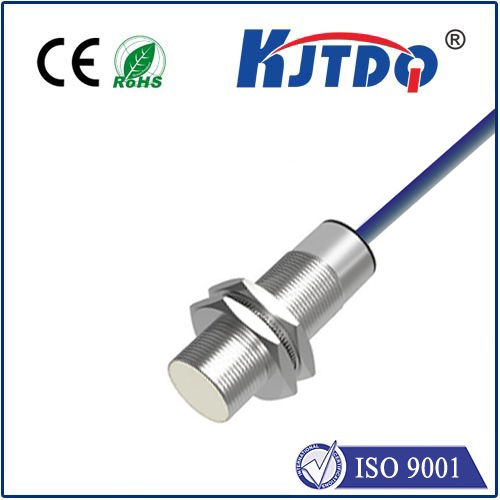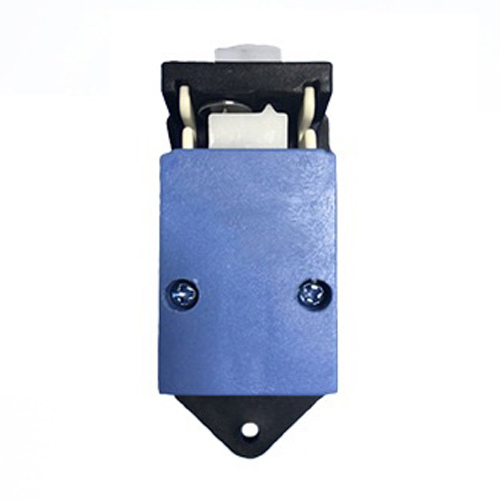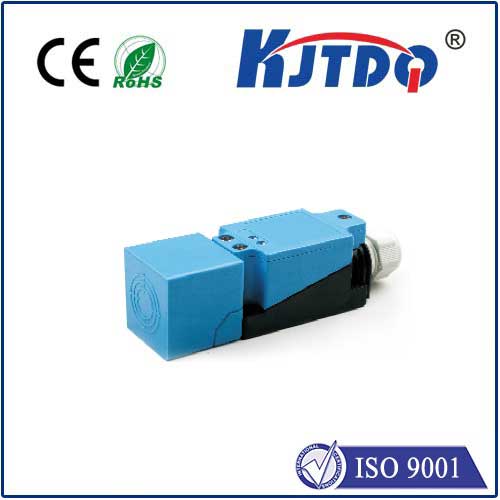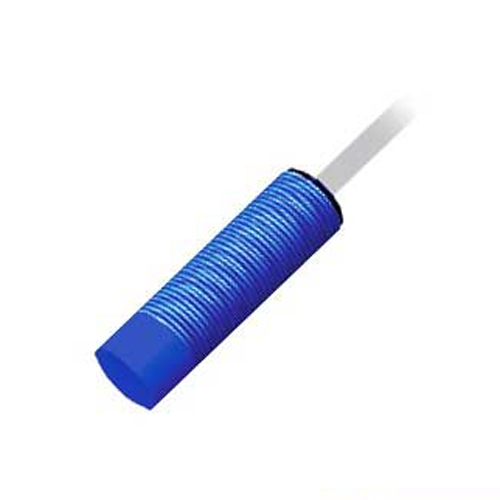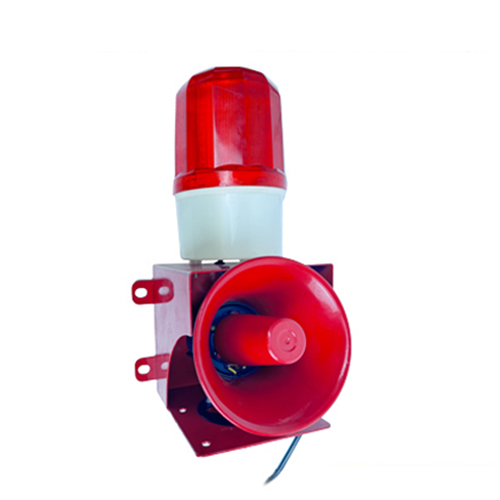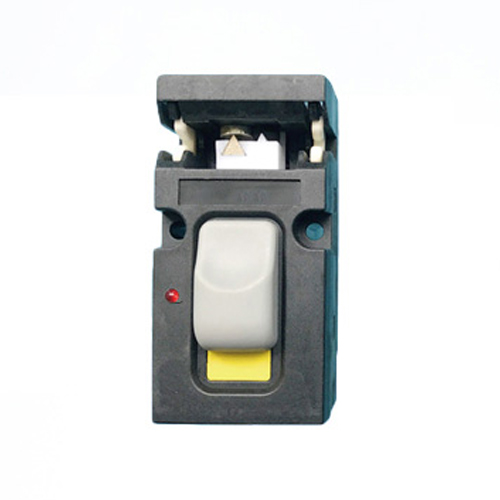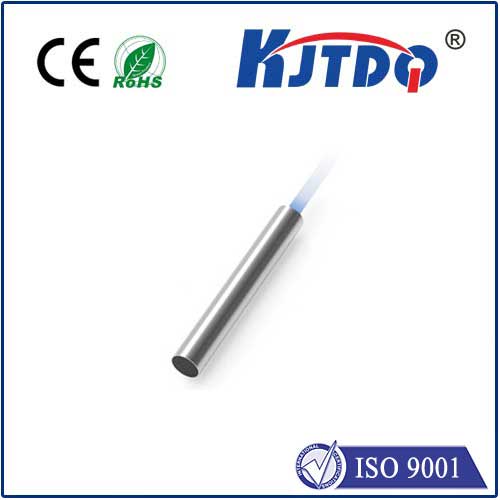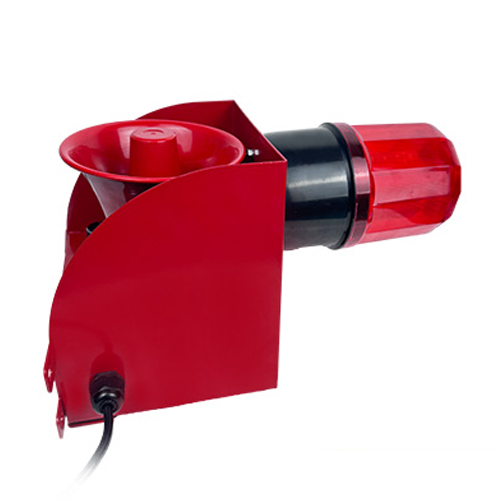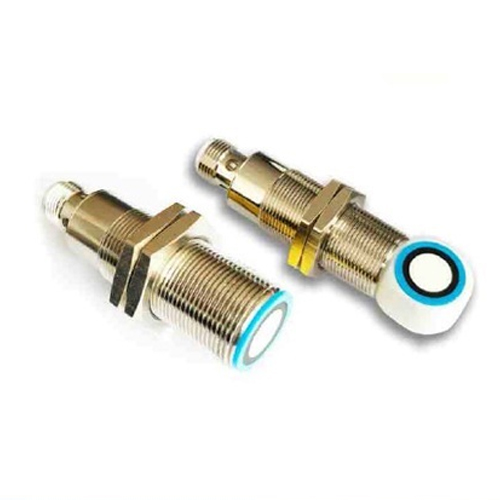optical navigation sensor
- time:2025-08-15 05:48:13
- Click:0
Optical Navigation Sensors: The Eyes Guiding Modern Machines
How do machines see the world move when they lack human eyes? How do devices from factory robots to tiny drones understand their precise position on a desk, a warehouse floor, or even another planet? The answer lies in the silent, sophisticated work of optical navigation sensors. These remarkable devices serve as the fundamental eyes for countless automated systems, translating minuscule visual changes into actionable location data with stunning accuracy.
Decoding the Fundamentals: How Optical Navigation Sees Motion
At its core, optical navigation sensor technology relies on illuminating a surface and capturing rapid, successive images using a tiny, integrated camera system – typically a low-resolution CMOS sensor combined with an LED or laser light source. The sensor’s onboard processor then performs a complex task known as optical flow calculation. It analyzes the sequence of captured images, comparing subtle shifts in texture, pattern, and contrast between each frame. By precisely tracking these minute changes in the captured scene pixel-by-pixel, the sensor can deduce the direction and magnitude of its own movement relative to the surface.
Think of it like driving a car at night: your headlights illuminate the road, and by observing how stationary objects like lane markings move across your field of vision, you intuitively understand your speed and direction. An optical navigation sensor performs this feat millions of times per second, but on a microscopic scale. This relative motion tracking is the bedrock of its functionality.

Beyond the Mouse: The Expanding Universe of Applications
While the computer mouse brought optical sensor technology to mass consumer awareness, its utility extends far beyond desktop peripherals. Optical navigation systems are now integral to a vast array of industries:
- Robotics & Automation: Autonomous Mobile Robots (AMRs) navigating warehouse floors rely heavily on optical sensors. They provide essential dead reckoning data – calculating position based on continuous movement tracking – supplementing other systems like LiDAR or SLAM (Simultaneous Localization and Mapping), especially for precise short-range maneuvers and avoiding collisions with unexpected obstacles. Robotic arms performing intricate assembly tasks also leverage these sensors for micro-adjustments.
- Logistics & Inventory Management: Smart conveyors utilize optical sensors to track package position and speed, enabling precise sorting and routing. Handheld inventory scanners incorporate optical navigation technology to accurately track their movement over barcodes or items, improving scanning speed and reliability.
- Unmanned Aerial Vehicles (UAVs) & Drones: Smaller drones and micro-UAVs benefit from optical flow sensors for position hold (hovering stability) indoors or in GPS-denied environments. They aid in safe landing procedures, precision hovering over targets, and compensating for drift caused by wind or other factors. Low-altitude navigation over feature-rich terrain also leverages this tech.
- Precision Agriculture: Autonomous tractors and agricultural robots use optical sensors to maintain precise row guidance, minimizing crop damage and optimizing field coverage.
- Virtual Reality (VR) & Motion Tracking: While often combined with IMUs (Inertial Measurement Units), optical navigation sensors contribute to tracking controller movement or even inside-out tracking of the headset itself relative to the room environment.
- Astronautics: Space rovers and landers have employed sophisticated optical navigation sensors, sometimes using star trackers or terrain-relative navigation, to determine their position and orientation in the vastness of space or on the surface of other celestial bodies when GPS isn’t an option.
- Industrial Controls & Machinery: Optical sensors provide feedback on conveyor speed, position of components on production lines, and precise movement control in various automated machinery.
Strengths: Precision, Simplicity, and Cost-Effectiveness
Optical navigation sensors offer compelling advantages:
- High Spatial Resolution & Accuracy: Capable of detecting movements on the order of microns or less, enabling incredibly precise positioning.
- No Physical Contact: Operation is contactless, eliminating mechanical wear and tear common in older technologies like ball mice.
- Surface Flexibility: Modern sensors work effectively on a wide range of surfaces beyond traditional mouse pads, including wood, laminate, fabric, and even lightly textured surfaces (depending on sensor sophistication). Adaptability to various terrains is a key focus in advanced robotics.
- Compact Size & Low Power: Ideal for integration into portable devices, drones, and small robots. Low power consumption extends battery life.
- Cost-Effective: Mass production has made advanced optical sensor technology highly affordable.
Challenges and Considerations: The Quest for Robustness
Despite their strengths, optical navigation systems have limitations to consider:
- Surface Dependence: Performance degrades on completely featureless surfaces (e.g., clear glass, smooth polished marble) or surfaces with highly repetitive, uniform patterns. Sensors require some texture or contrast to track movement effectively.
- Z-Axis Motion: Standard 2D optical sensors primarily track movement along the X and Y axes. Determining height (Z-axis) changes or lift-off requires additional sensor fusion (e.g., with an IMU or specialized sensors).
- Velocity Limits: Extremely high speeds can cause motion blur, overwhelming the sensor’s ability to capture distinct frames and track features accurately.
- Environmental Factors: Poor lighting conditions, excessive dirt, or moisture obscuring the lens/LED can impair performance. Overcoming variable lighting is a constant engineering challenge.
- Absolute vs. Relative Positioning: Most common optical navigation sensors provide relative displacement (how much and in what direction it moved since the last reading), not absolute position on a global map. Achieving absolute positioning requires integration with other technologies like GPS, landmarks, or SLAM algorithms.
The Evolutionary Path: Smarter Insights and Integration
The future of optical navigation sensor technology lies in ever-greater intelligence and seamless integration. We are witnessing:
- Advanced Processing: More powerful on-sensor processors handle complex algorithms for better noise filtering, surface adaptation, and higher speed tracking.
- Sensor Fusion: Tight integration with IMUs, depth sensors, and LiDAR enhances robustness, especially in challenging environments or for 6DOF (Degrees of Freedom) tracking. This fusion creates a more comprehensive understanding of movement and environment.
- AI & Machine Learning: Incorporating AI allows sensors to better predict movement patterns, recognize surfaces on the fly, and filter out irrelevant noise or artifacts, leading to more reliable data.
- Miniaturization: Continued shrinking enables integration into ever-smaller devices, including medical instruments and micro-robotics.
- Wireless Connectivity: Enabling easy data transmission to host systems for analysis and control.
From ensuring a warehouse robot doesn’t bump into a shelf to guiding a micro-drone through a disaster zone, optical navigation sensors are the unassuming yet critical components enabling precise movement in an increasingly automated world. Their ability to translate visual chaos into precise positional data continues to drive innovation across countless fields. As processing power increases and integration with other sensing modalities deepens, these technological eyes will only become sharper, more adaptable, and more essential to the machines reshaping our future.












